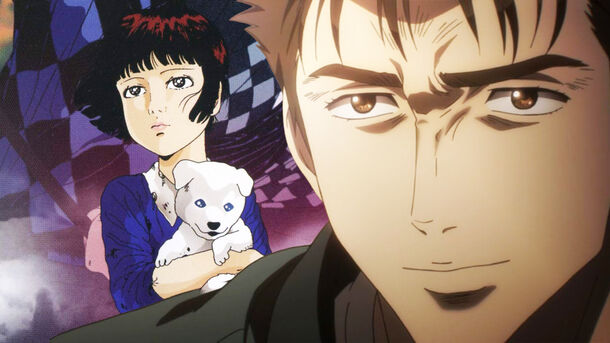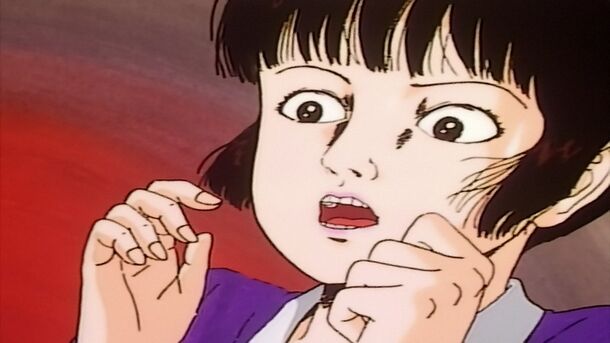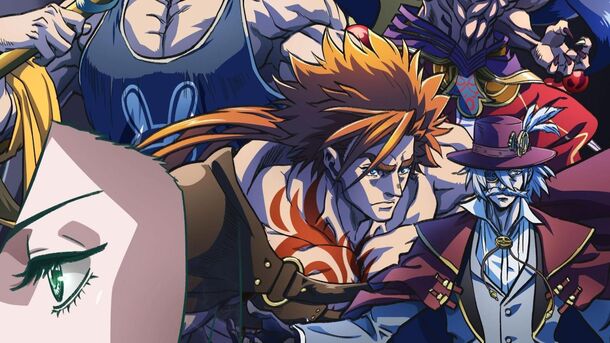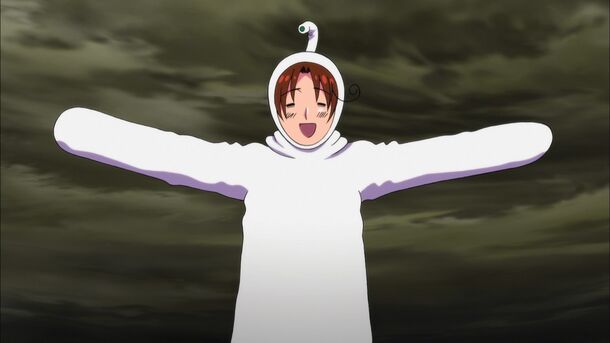7 Banned Anime Around the World

Some anime push the boundaries way too far, resulting in bans in certain countries. Here are 7 projects that were axed & why.
Anime has become a truly worldwide sensation and many people now can't imagine a life without their favorite stories. Anime hooks us with its one-of-a-kind artistry as well as its rich world-building (which, let's be honest, we can't often get from any other format).
But what if we told you that some anime have gone just a bit too far and been banned in some countries? That's exactly what we're discussing today.
1. ‘Excel Saga's’ Episode “Going Too Far”
.jpg)
Genres: dark comedy, parody, drama, sci-fi.
-
On IMDb, Excel Saga is rated 7.5/10.
The story follows Excel, an enthusiastic (if incompetent) employee of Ilpalazzo, a man with grand ambitions of world domination. Although the premise sounds like your typical anime, the final episode pushed every boundary imaginable.
Banned in: Japan.
Reason: the final episode of Excel Saga was banned from Japanese television due to its excessive violence and adult content. It only made its debut on DVD.
Fun fact: “Going Too Far” was deliberately made more graphic so that it would not be broadcast (we guess they took that dark comedy part into real life).
2. ‘Parasyte: The Maxim’
.jpg)
Genres: alien invasion, body horror, action, drama, sci-fi, thriller.
- On Rotten Tomatoes, Parasyte: The Maxim has 90% from the audience.
- On IMDb, Parasyte: The Maxim is rated 8.2/10.
Parasyte: The Maxim follows 17-year-old Shinichi Izumi, who ends up in a pretty unique situation: he's half-infected by the creature called Parasyte. These aren't your friendly neighborhood monsters, they're the kind that like to feed on humans. Poor Shinichi has to figure out how to share his body with one of these things while trying to live a somewhat normal life.
Banned in: China.
Reason: Chinese authorities weren't too happy with all that violence and graphic body horror. They probably thought it might not be the best thing for young viewers to watch.
3. ‘Attack on Titan’
.jpg)
Genres: body horror, monster horror, survival, tragedy, action, adventure.
- On Rotten Tomatoes, Attack on Titan has 96% from critics and 95% from the audience.
- On IMDb, Attack on Titan is rated 9.1/10.
Even if you’re not familiar with anime as a whole, you’ve probably heard of Attack on Titan. The story follows humanity's fight for survival against massive, humanoid creatures called Titans.
Banned in: China (yes, again).
Reason: it was an anime that China viewed as inappropriate for younger viewers. The government was particularly concerned about the show's violent content and how it could negatively impact children's development.
4. ‘Midori: Shoujo Tsubaki’

Genres: body horror, tragedy, drama.
- On Rotten Tomatoes, Midori: Shoujo Tsubaki has 62% from the audience.
- On IMDb, Midori: Shoujo Tsubaki is rated 6.3/10.
Midori: Shoujo Tsubaki is perhaps the most controversial anime ever created, tackling themes so dark that most countries refuse to screen it. It follows an orphan girl who’s abused by members of a freak-show circus.
Banned in: multiple countries including Japan.
Reason: extreme scenes of abuse and violence. Midori's brutal depiction of abuse and trauma proved too extreme for most audiences.
5. ‘Kite’

Genres: coming-of-age, conspiracy thriller, psychological drama, tragedy, action.
-
On IMDb, Kite is rated 6.6/10.
At first glance, Kite appears to be a straightforward action thriller about a young assassin. However, its controversial content involving minors led to significant legal issues.
Banned in: Norway.
Reason: violation of child protection laws.
6. ‘Record of Ragnarök’

Genres: action epic, dark fantasy, martial arts, supernatural fantasy, survival.
- On Rotten Tomatoes, Record of Ragnarök has 72% from the audience.
- On IMDb, Record of Ragnarök is rated 6.5/10.
When gods and humans clash in epic battles, you'd expect excitement and not international controversy (hopefully). Yet Record of Ragnarök found itself in hot water for its portrayal of religious figures.
Banned in: India.
Reason: the series' interpretation of Shiva sparked significant backlash in India, leading to Netflix removing anime altogether.
7. ‘Hetalia: Axis Powers’

Genre: comedy, satire.
-
On IMDb, Hetalia: Axis Powers is rated 7.1/10.
Taking a lighthearted approach to world history sounds fun in theory, but Hetalia: Axis Powers discovered that humor about sensitive historical periods can backfire. The series personifies nations as characters, mixing comedy with historical events.
Banned in: South Korea.
Important: there were protests and petitions against the anime. Right now, you can find the anime in South Korea but changes were made.
Reason: South Korea took particular issue with the show's handling of World War II events and national stereotypes.
